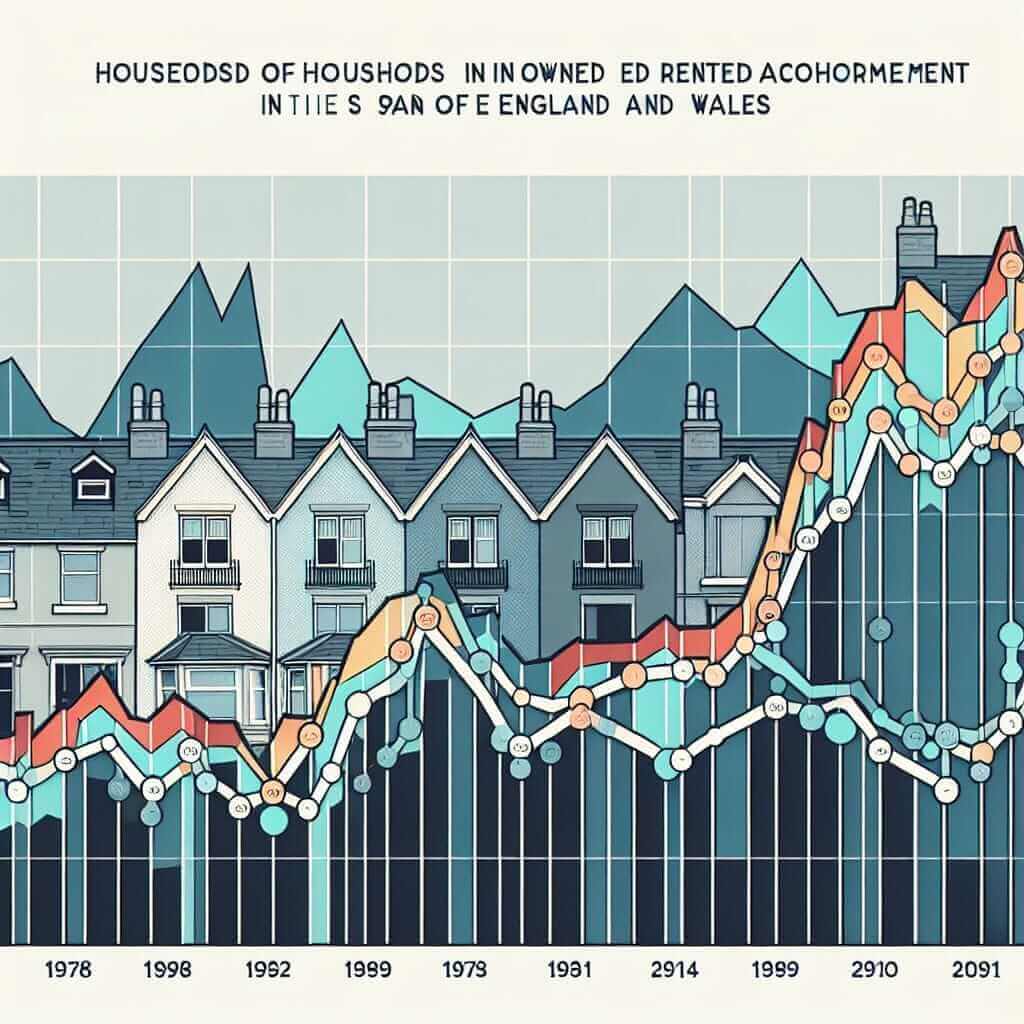The Importance of IELTS Writing Task 1 Academic
The IELTS Writing Task 1 Academic is a crucial part of the IELTS exam, testing a candidate’s ability to interpret and describe visual data. As teachers, we need to equip our students with the necessary skills to excel in this section. This involves understanding the task requirements, developing effective writing strategies, and providing ample practice opportunities.
Understanding the Task
The task requires students to write a minimum of 150 words describing information presented in a graph, chart, table, diagram, or map. They are assessed on their ability to:
- Paraphrase the question: Restate the task instructions in their own words.
- Provide an overview: Summarise the key trends or features shown in the visual data.
- Select and report key features: Identify and describe the most significant information.
- Compare and contrast data: Highlight similarities and differences where relevant.
- Use appropriate language: Employ a range of vocabulary and grammatical structures suitable for academic writing.
- Organise information coherently: Present their response in a logical and easy-to-follow manner.
- Use accurate grammar and vocabulary: Demonstrate control over language accuracy.
Effective Teaching Strategies
1. Familiarisation with Visual Data Types
Begin by introducing students to the different types of visuals they may encounter:
- Line graphs: Showing trends over time.
- Bar charts: Comparing quantities across different categories.
- Pie charts: Representing proportions of a whole.
- Tables: Presenting data in rows and columns.
- Diagrams: Illustrating processes or structures.
- Maps: Showing geographical information.
2. Vocabulary Development
Equip students with the essential vocabulary for describing trends, making comparisons, and expressing degrees of change.
- Trends: Increase, decrease, rise, fall, fluctuate, remain stable, plateau.
- Comparisons: Higher than, lower than, similar to, in contrast to.
- Degrees of change: Gradually, sharply, significantly, slightly.
3. Structure and Organisation
Teach a clear and concise structure for Task 1 responses:
- Introduction: Paraphrase the task question.
- Overview: Summarise the main trends or features.
- Body Paragraphs: Provide detailed descriptions and comparisons of key features.
- Conclusion: (Optional) Restate the main trends or findings.
4. Practice and Feedback
Provide ample practice opportunities using past IELTS exam papers or sample tasks. Offer constructive feedback focusing on:
- Task achievement: Have they addressed all aspects of the task?
- Coherence and cohesion: Is their writing well-organised and easy to follow?
- Lexical resource: Have they used a range of appropriate vocabulary?
- Grammatical range and accuracy: Is their grammar accurate and varied?
Example from an IELTS Exam
The chart below shows the percentage of households in owned and rented accommodation in England and Wales between 1918 and 2011.
Summarise the information by selecting and reporting the main features and make comparisons where relevant.
 England and Wales Housing Tenure 1918-2011
England and Wales Housing Tenure 1918-2011
Possible Student Response:
The line graph illustrates the changes in housing tenure in England and Wales over a period of 93 years, from 1918 to 2011. Overall, the most noticeable trend is the significant increase in homeownership, while the proportion of rented accommodation has decreased considerably.
In 1918, the vast majority of households in England and Wales rented their accommodation, accounting for around 80% of the total. In contrast, only about 20% of households owned their homes. However, this pattern reversed dramatically over the following decades.
Homeownership rose steadily until the early 1970s, when it surpassed rented accommodation as the dominant form of housing tenure. This upward trend continued, albeit at a slower pace, reaching a peak of just over 70% in the early 21st century. Conversely, the percentage of rented households declined proportionally, falling to just below 30% by 2011.
Tips for Success
- Analyse the visual carefully: Spend time understanding the data before writing.
- Paraphrase effectively: Avoid copying words directly from the task.
- Highlight key trends: Focus on the most significant information.
- Use data to support claims: Back up your statements with evidence from the visual.
- Proofread carefully: Check for grammar and spelling errors.
Conclusion
Teaching IELTS Writing Task 1 Academic requires a structured approach that combines vocabulary development, grammar practice, and exam strategies. By providing clear guidance, ample practice, and constructive feedback, teachers can empower their students to confidently tackle this section of the IELTS exam and achieve their desired scores.


